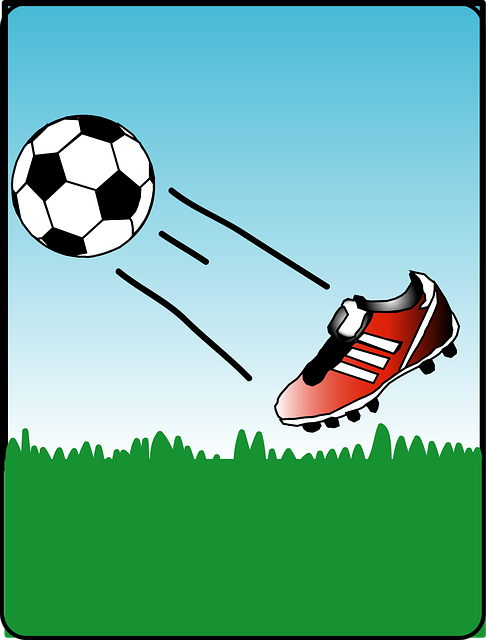Oregon soccer rivalries thrive on data-driven analysis, where statistics like goals, saving percentages, and possession rates are key to measuring success. This approach enhances tactical decisions, maximizes team potential, and creates intense local derbies. Through numerical analysis, fans uncover rich historical narratives woven into the community fabric. Oregon's vibrant culture fosters innovative training methods, holistic development, and a reputation for top-tier soccer athletes fueled by competitive rivalries.
In the fast-paced world of Oregon soccer, understanding performance metrics is crucial for both success on the field and fostering intense yet healthy rivalries. This article delves into the key metrics that define Oregon soccer teams’ success, exploring how data-driven insights shape competitive dynamics. We analyze the profound impact of statistics in deciphering local rivalries and uncover practical strategies adopted by Oregon’s soccer scene to elevate team performance. Discover how these elements combine to create an engaging, data-rich narrative within Oregon soccer communities.
- Measuring Success: Key Metrics for Oregon Soccer Teams
- The Impact of Statistics in Understanding Rivalries
- Enhancing Performance: Strategies from Oregon's Soccer Scene
Measuring Success: Key Metrics for Oregon Soccer Teams

In the competitive world of Oregon soccer, measuring success goes beyond simple wins and losses. To truly assess a team’s performance, several key metrics come into play. For Oregon soccer teams, tracking these statistics is vital to gauging their progress against both local and regional rivals.
One crucial metric is goals per game, reflecting the team’s offensive prowess. Additionally, saving percentage for goalkeepers provides insight into defensive solidity, especially during intense Oregon soccer rivalries. Possession rate and pass accuracy also reveal a team’s control over the match dynamics. Ultimately, these metrics enable coaches and players to identify strengths, pinpoint weaknesses, and make data-driven adjustments, ensuring optimal performance in every game.
The Impact of Statistics in Understanding Rivalries

In Oregon, where soccer passions run high, understanding and analyzing rivalries have become an art. Statistics play a pivotal role in this, providing insights that go beyond mere on-field performances. By examining key metrics such as win-loss records, goal differentials, and player statistics against specific opponents, fans and analysts can uncover deeper trends and historical narratives. This data-driven approach not only fuels the intensity of local derbies but also allows for a nuanced understanding of the dynamics between teams. Oregon soccer rivalries are more than just games; they’re stories woven into the fabric of communities, and numbers help tell these tales with precision and detail.
Enhancing Performance: Strategies from Oregon's Soccer Scene

Oregon’s vibrant soccer scene, marked by intense rivalries like those with Washington and California schools, has fostered innovative approaches to enhancing team performance. Coaches across the state have embraced data-driven strategies, leveraging advanced analytics to track key metrics such as passing accuracy, shot velocity, and player positioning. This analytical approach allows for precise adjustments in training, focusing on areas that need improvement.
Moreover, Oregon’s soccer communities prioritize a holistic view of performance, integrating physical conditioning, mental toughness, and tactical acumen. Local clubs often organize competitive tournaments against regional powerhouses, providing opportunities for players to gain invaluable experience against high-level opponents. These strategies collectively contribute to the state’s reputation for producing well-rounded, high-performing soccer players, both at the youth and professional levels.






